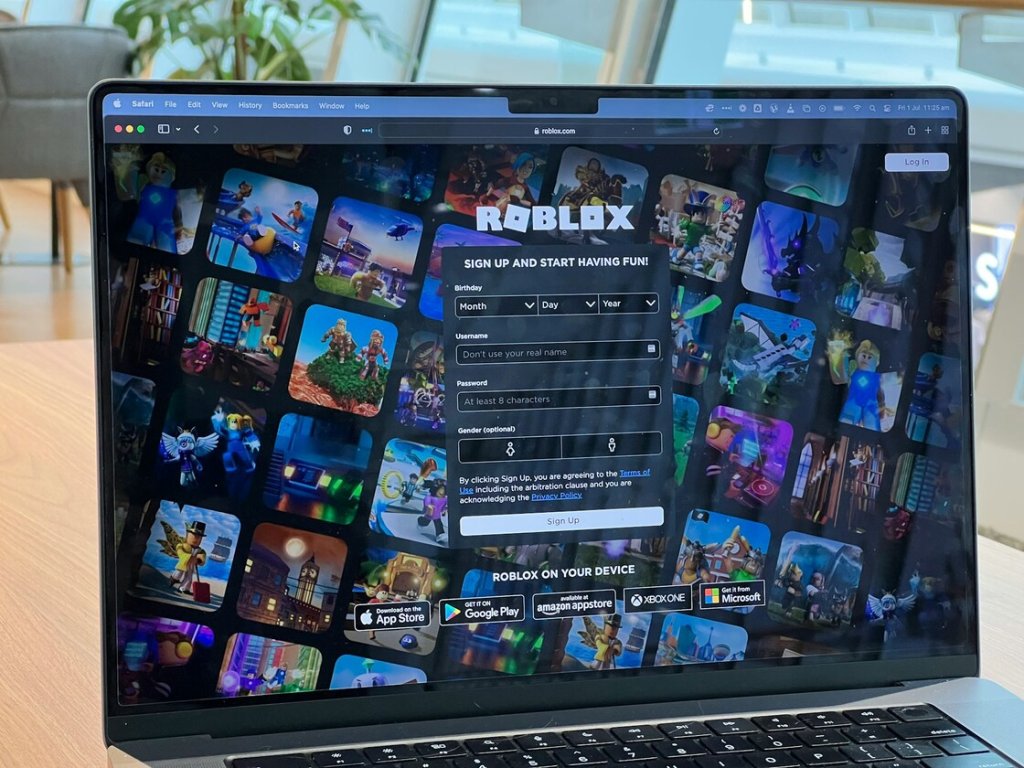Ethical game design is based on moral principles and best practice that guide developers when creating games.
Of course, entertainment is an important element of the gaming experience. However, game designers also have a responsibility to their audience and wider society to ensure their game is respectful and morally sound. Ethical game design considerations refer to the game’s content – so narrative, activity and depiction of characters.
Other ethical elements in game design can include more than game content too, relating to how customer data is handled, staff are treated alongside age ratings for gaming experiences, depiction of violence and monetisation.
In our blog, we’ll explore some essentials to consider with ethical game design and what to remember when monetising a gaming experience. If you’re interested in joining one of our gaming courses, then contact our team now.
Creativity
With creativity, ethical game design should be informed by the elements that make up engaging content. A game needs to be inclusive, diverse, feature a mixture of voices, and should avoid promoting intolerance or hate.
character Representation
Representation of characters is an essential consideration behind ethical game design. When creating an avatar, designers need to ensure players have a choice of different types of characters with different skin tones, hair styles and other features that reflect the diverse society we live in.
Developers need to make sure that players feel represented in a game and, surprisingly, some high-profile games have failed to prioritise this.
Final Fantasy and its producer Naoki Yoshida have been criticised for a lack of diversity in the characters which seems out of sync with the world we live in.
Arguably, this could show that there isn’t a strong level of diversity and representation within the game’s creative team. A company’s commitment to diversity and inclusion can be reflected internally within a workforce as well as within games themselves.
Female characters
Historically, many video games, stories and characters have been created predominantly by men. This means the male gaze dominates how women are portrayed which does not make them feel included as players. Women in games often reflect traditional gender roles, sexual objectification, or stereotypes such as the ‘damsel in distress’.
A study at the University of Glasgow also discovered that games include twice as much male dialogue as female dialogue on average.
This shows how ethical game design needs to relate to understanding a wide variety of players and what they expect from a game. The audience always needs to be factored into how games are developed and failing to do so means a game’s popularity can be impacted alongside attracting negative perceptions.
games for kids

With games for younger players, advertising and monetisation need to be handled carefully and how this is presented is an essential aspect of ethical game design.
Roblox is a very popular game for under 16 players, and has plenty of ads and monetisation opportunities within it.
Monetisation is not necessarily bad but if a game is aimed at children, then it needs to be carefully considered and avoid any design practices that could be considered to be manipulative and exploit psychological vulnerabilities common in kids.
On TV, parents don’t control what ads kids see. However, this is a passive experience when compared with games. Experiences such as Roblox are active and participatory with advertising featuring in different ways.
Adult games

For adult games, game designers need to strike a balance with the way monetisation is approached, particularly as there is anti-monetisation sentiment in free to play games for mobile.
For developers, an obvious way to earn money from a free game is to include a monetisation wall where continued enjoyment comes from hitting this point in the game. The cost of unlocking more of the game is usually a small price but many users are highly resistant to pay anything. This is partly due to how, in the past, monetisation practices were more exploitative and hidden.
Genshin Impact, an action role-playing game, has been criticised for its ‘gacha’ model monetisation system – a system where people spend money to get items from a randomised vending machine.
Nowadays, due to the amount of competition and games on the market, if gamers don’t like a gaming experience, perhaps partly due to how the monetisation element is introduced, they will always find the opportunity to play something else that will give them the same/similar experience.
Equally, the companies behind these games are businesses that need to fund development and pay staff. The free to play model can be beneficial as it reaches the widest audience possible with a zero risk relationship with a game/product. Providing monetisation practices are ethical, anyone enjoying a game can give back by paying some money within it.
The landscape of monetisation – users vs revenue
How do game designers balance creating engaging game content with earning from their work?
The number of users needed to generate revenue from mobile games has been high, meaning it has been a challenging space to operate in. Historically, most games have made money from a small percentage of users that they have monetised to a high degree.
However, due to changes in the ecosystem, it has become harder to target the higher monetising players with user acquisition and this has changed how mobile games are developed to monetise.
Comscore’s State of Gaming report revealed how the landscape has evolved – 82 percent of video game-playing adults have spent money on an in-app purchase in the last year.
Ideally, developers should aim to make games that everyone can enjoy for free but some players can pay more to enhance their experiences. This must only be done to a degree that doesn’t ruin the game for other free-playing players.
What to consider
The majority of designers focusing on monetisation in ethical game design need to avoid reaching a point in a game where there’s nothing left for players who want to spend money to spend money.
This influences the design process, meaning there always has to be something to upgrade, pursue or unlock within the game world. By considering this from the start of a game design, it means players who do enjoy spending money will be a continuing source of income and play an important role in making a game sustainable.
Mobile monetisation vs console
There are different ways for game designers to consider monetisation depending on the format.
For example, with mobile games, a huge number of players can be found via a fun and engaging game experience.
More time and energy can be invested into a game after it has been launched to ensure players continue to play with in-game features seen as the best way to monetise.
With console sales, the focus is on the pre-launch campaign with advertising based on screenshots and the promise of what the game offers. Once a purchase of the game has been made, then the monetisation process is usually complete.
Controversy
Loot boxes have been a controversial element in games and sometimes not considered to be part of ethical game design.
Often, they are boxes of rewards which players open but the contents are randomised and critics have likened their function to gambling with predatory mechanisms surrounding them.
In some scenarios, there’s no cap on how much these boxes cost or how many times they can be played. Problematically, they are also one of the most successful ways to monetise a game number one – recent research suggests that the video gaming industry generated up to $30 billion from loot boxes in 2018. Designers who want to stay on the right moral side must work out how to use them in a way that is ethically sound and not manipulative.
STUDY AT SAE
Whether you want to work in Film Production, Audio Production or more, there are many different opportunities to elevate your career in the creative industries with us.
Our degrees will provide you with the skills, experience and knowledge to succeed at the highest level.


































